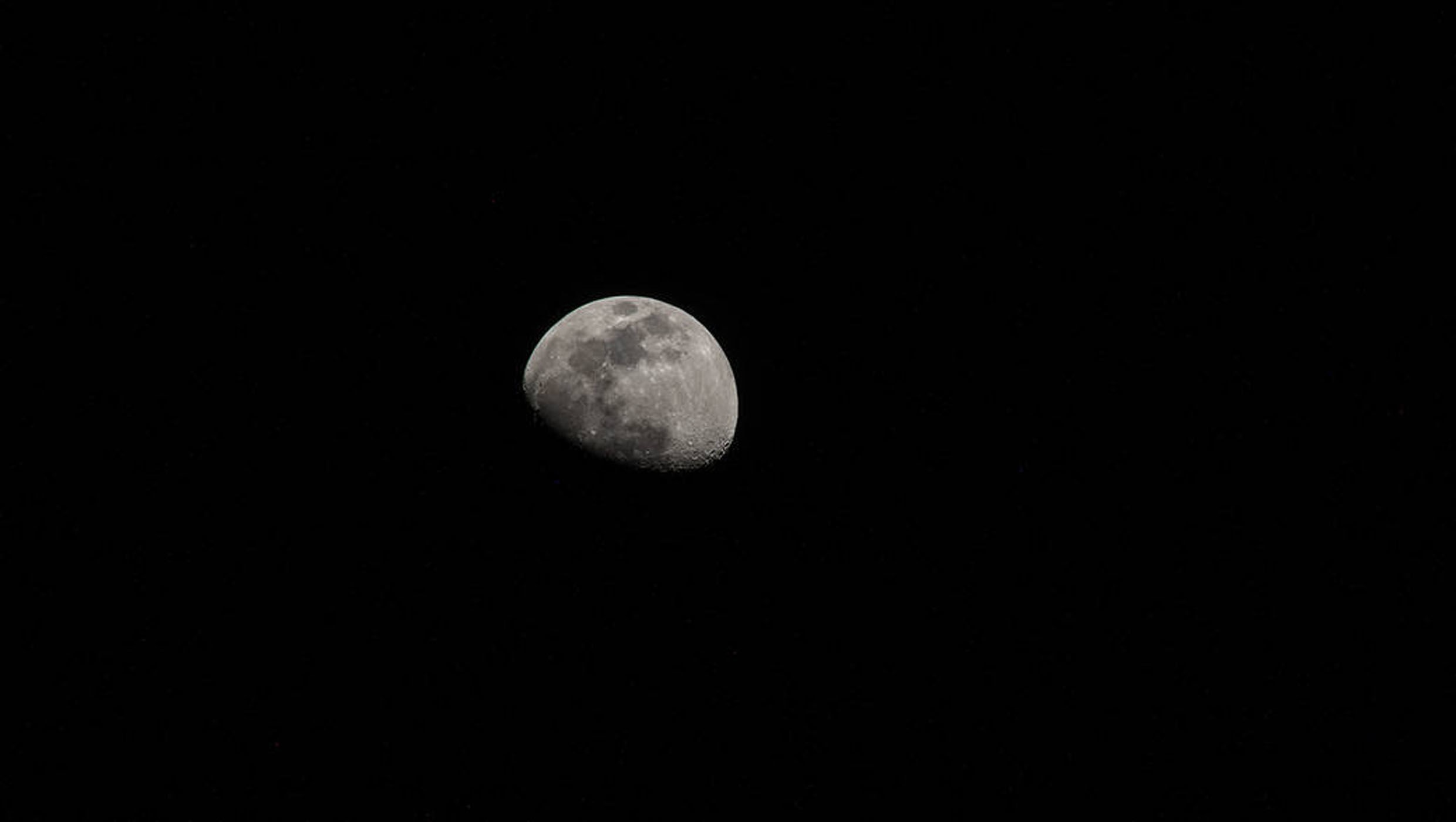Create a free profile to get unlimited access to exclusive videos, sweepstakes, and more!
The Moon has drastically different DNA from Earth, so what happened there?

Earth and the moon were supposed to be sisters…until they weren’t. Our planet and the space rock that orbits it were previously believed to have almost identical oxygen isotopes — versions of the element with different amounts of neutrons.
Turns out that cosmic DNA test failed. Now, lunar research scientists Erick Cano, Zach Sharp and Charles Shearer from the University of New Mexico, who recently published a study in Nature Geoscience, have found that the innards of the Moon reveal isotopes that challenge the theory of how our satellite formed at the dawn of the solar system.
“Our findings suggest that the deep lunar mantle may have experienced the least mixing and is most representative of the impactor Theia,” Cano said.
But first, the Giant Impact Hypothesis that has just been proven wrong.
Chaos reigned 4.5 billion years ago. This is when many scientists believe that a Mars-sized proto-planet informally called Theia (the mother of the moon goddess Selene in Greek mythology) smashed into Earth’s face. The intense impact liquefied Theia and Earth, sending the stuff of planets flying everywhere. Earth cooled into a rocky planet, and what was a huge mass of rock ejected from that collision became the thing you see glowing eerily in the night sky.
Everyone else was missing something. In their study, Cano, Sharp and Shearer argue that “the method of averaging together lunar isotope data while ignoring [physical] differences [in Moon rock samples] does not give an accurate picture of the differences between the Earth and Moon.”
The problem with the infamous Giant Impact Hypothesis is that you would need to prove Earth and the Moon either have identical oxygen isotopes, possibly because all the same isotopes were smashed together, or homogenized, by that epic impact. Not happening. Cano and his colleagues studied various lunar rock samples and instead found that isotopes which surfaced from deep in the lunar mantle are much heavier than those found on Earth, meaning that they probably came from Theia.
Heavier oxygen isotopes that refused to blend in with Earth’s also suggested to the team that Theia is likely to have formed further out in the solar system than our planet. Isotopes of oxygen tend to get heavier the further away a terrestrial body is from the sun. Seeing how the isotopes found in lunar subsurface rock were heavier, Theia probably originated somewhere far beyond where the Moon is now.
Why did oxygen isotopes on Earth and the Moon end up so different when a head-on collision could have mixed everything up to the point that Earth isotopes from were indistinguishable from Moon isotopes?
Some mixing happened on the surface — which was what had been so deceptive to other scientists who observed Moon dust brought back from the Apollo missions and found similar isotopes to those on Earth. Cano’s team found an explanation for that too. They believe the vaporized rock generated by the impact brought on centuries of lava rain that chemically interacted with magma that gushed from lunar volcanoes. It was these interactions between lava and magma similar to Earth’s that led to Earth-like isotopes on the outside of the Moon.
Go deeper and you’ll find that the Moon has been hiding layers that were unaffected by volcanism. These are supposedly the remnants of Theia.
“Theia’s distinct oxygen isotope composition was not completely lost through homogenization during the giant impact,” Cano’s team concluded. “This result thereby eliminates the necessity for giant-impact models to include a mechanism for complete oxygen isotope homogenization between the two bodies and provides a foundation for future modeling of the impact and lunar formation.”
So no, there are no aliens in the depths of the moon, but there are the bones of an alien planet.














